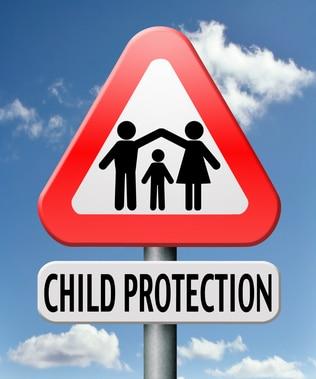for Over 25 Years
Recovering Personal Injury Damages For Children In California

Recovering personal injury damages for children in California is one task I enjoy more than just about any other in my role as a injury and accident attorney. Children are our most precious asset and we should protect them and compensate them when they are harmed by the wrongdoing of another person or business. This can sometimes be a difficult process but, I can summarize the basics as follows:
What are the most common causes of personal injury involving children?
A child can be injured in any number of ways just like anyone else. The most reprehensible instances involve intentional abuse or neglect. However, there are also many common types of unintentional injury. Statistics show that the most likely cause of bodily harm in minors is a motor vehicle accident. While most injuries occur when the child is a passenger in the vehicle, pedestrian accidents and bicycle collisions also occur at very high rates among kids between the ages of 4 and 14 especially in urban and suburban areas with high traffic like Los Angeles, San Diego and Orange County, CA. Recent studies have also linked a dramatic rise recently in motor vehicle injuries involving teenage pedestrians being distracted by using electronic devices like cell phones and headsets. Falls and being struck by objects are leading causes of injury especially for younger children ages 0 to 9 years old.
What is the legal process required to obtain money damages for a child’s injury?
Many childhood calamities are not the result of negligence. While accidents can and do happen with frequency among minors, there is not always negligence involved. However, there are numerous occasions where a child is wounded due to wrongful conduct. When this occurs, it is important to elicit the help of a quality attorney who is experienced in representing children. The initial stage of any claim is to conduct prompt and thorough investigation as to whom may be held legally responsible. This can include individuals such as drivers, teachers, instructors, etc. It can also include business or institutions such as corporations, manufacturers of products, retailers, and institutions such as schools or community organizations. After this is determined and claims are opened with these parties’ insurance carriers, the lawyer can present the evidence and negotiate settlement. If a lawsuit needs to be filed, the attorney should pay particular care in making sure the child is not, in any way, mistreated during the legal proceedings. For example, there are specific guidelines which protect the type and manner of questioning a minor in a deposition (question and answer session under oath prior to trial) or trial. Any legal proceedings are brought on behalf of the minor by either a parent, legal guardian or “guardian ad litem”
Most injury claims involving children resolve at some point either prior to a lawsuit being filed or during litigation. At this point, California law requires a judge to conduct a hearing to determine if the terms of settlement are in the child’s best interest. This is called a “Minor’s Compromise” approval. The attorney prepares a detailed summary of the accident, injuries sustained, current physical condition of the child, future prognosis and need for any future medical treatment as well as a detailed accounting of the medical bills incurred, the medical expenses paid, and any outstanding financial obligations or anticipated expenses related to care and treatment. The attorney must also account for his or her fees charged and costs for which reimbursement is sought. Pursuant to California law, including rules of court, an attorney may not usually charge more than twenty five percent of the gross amount recovered as a fee for services to a minor absent a showing that higher fees are warranted and “reasonable”. Once the settlement is approved, the court issues an order which requires that all net proceeds be held in a blocked bank account that is FDIC insured and not accessed by anyone except the minor and only when the child becomes 18 years old. Certain expenses like health insurance deductibles and co-payments paid by the parent can be reimbursed before the net amount is calculated.
Representing a child and obtaining the maximum amount possible for their loss is a great responsibility for the parents or guardians. They are always best served by the help of a quality personal injury lawyer that cares about kids!
Sources:
Centers for Disease Control (CDC): Childhood Injury Report – http://www.cdc.gov/safechild/images/CDC-childhoodinjury.pdf
For discussion of the procedure of appointing a guardian ad litem see: California Code of Civil Procedure §372.












